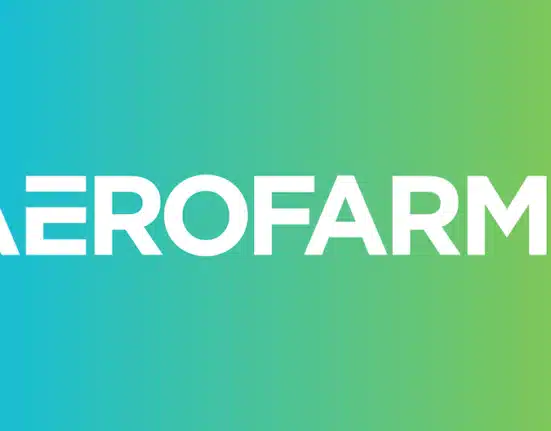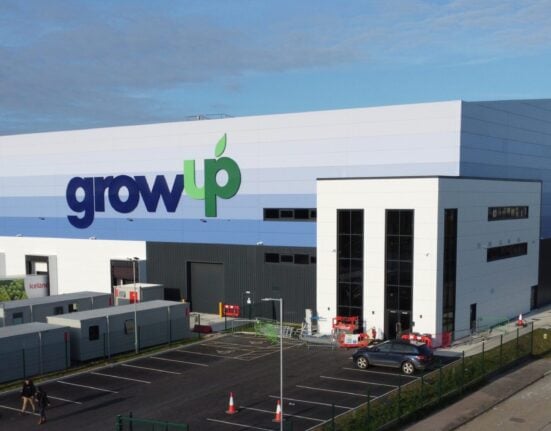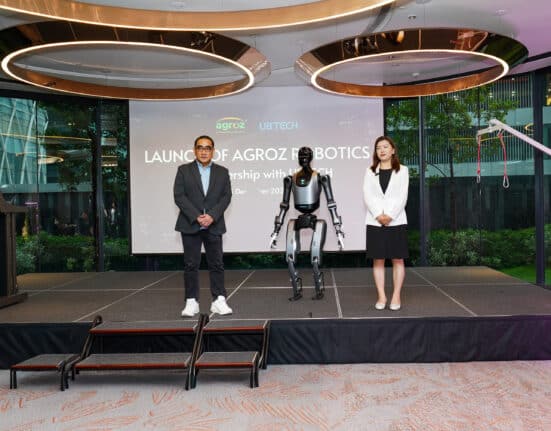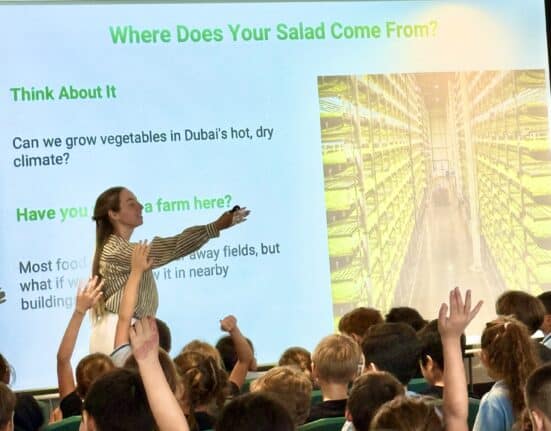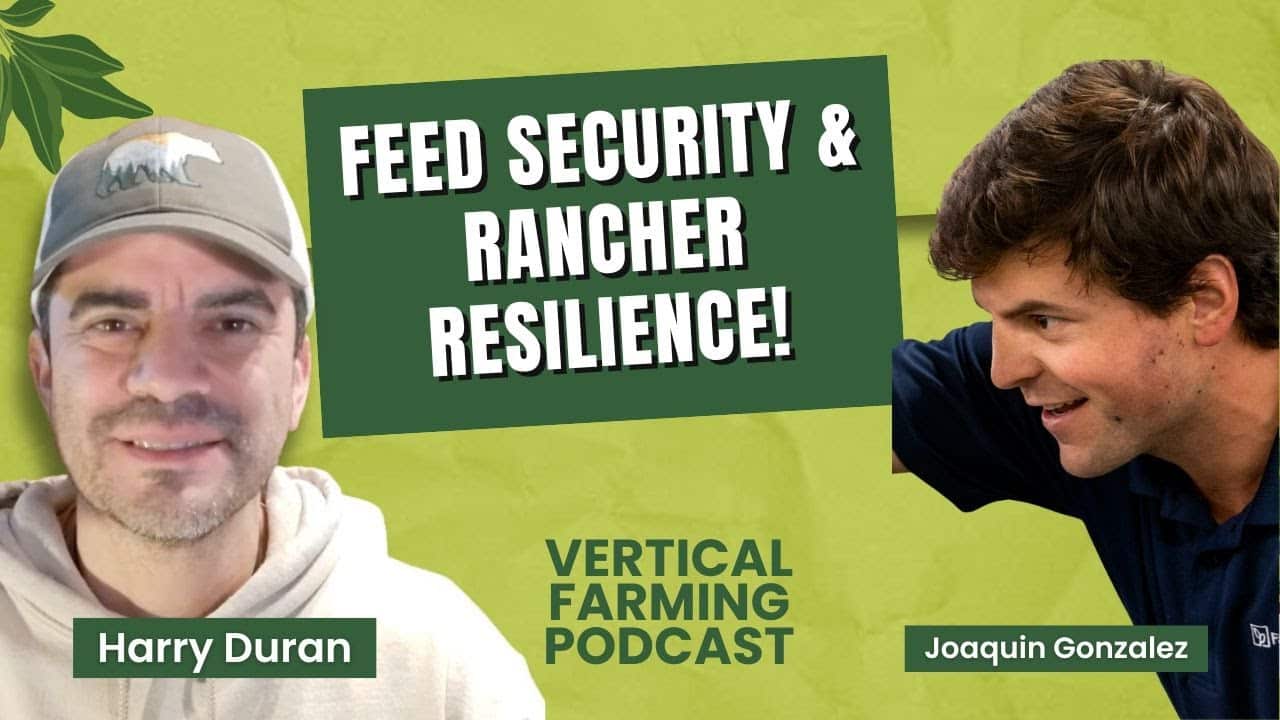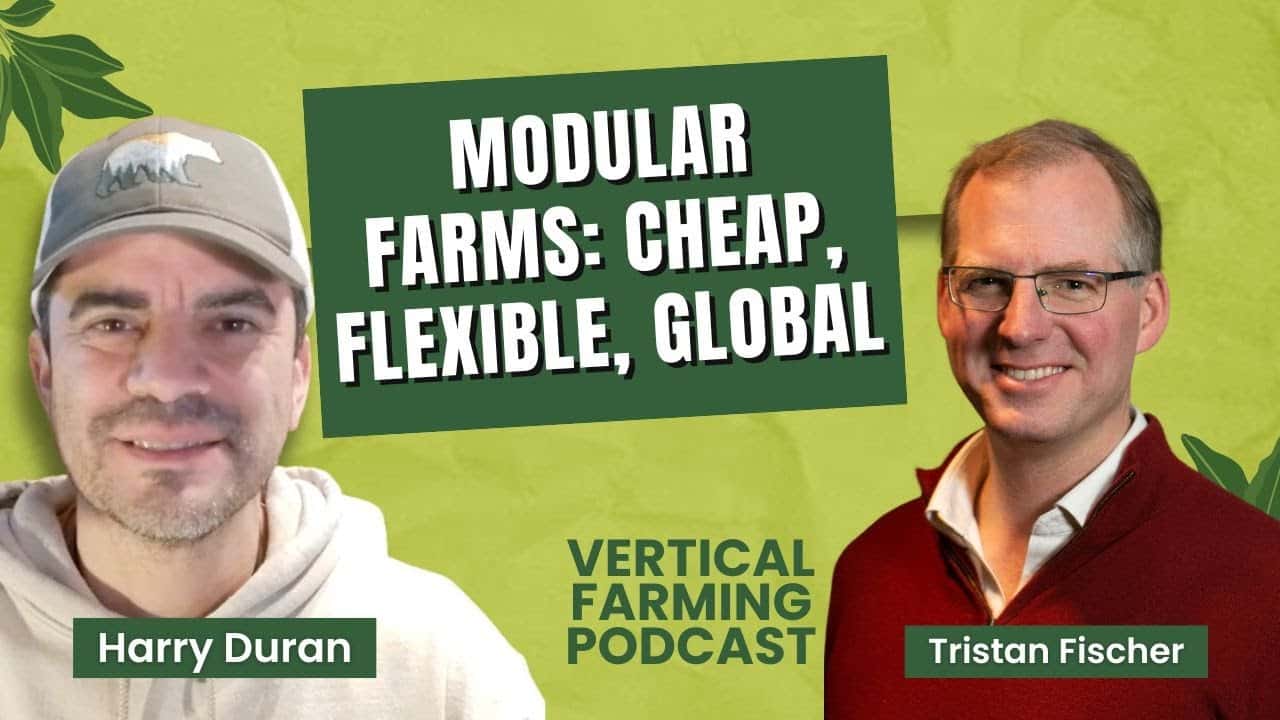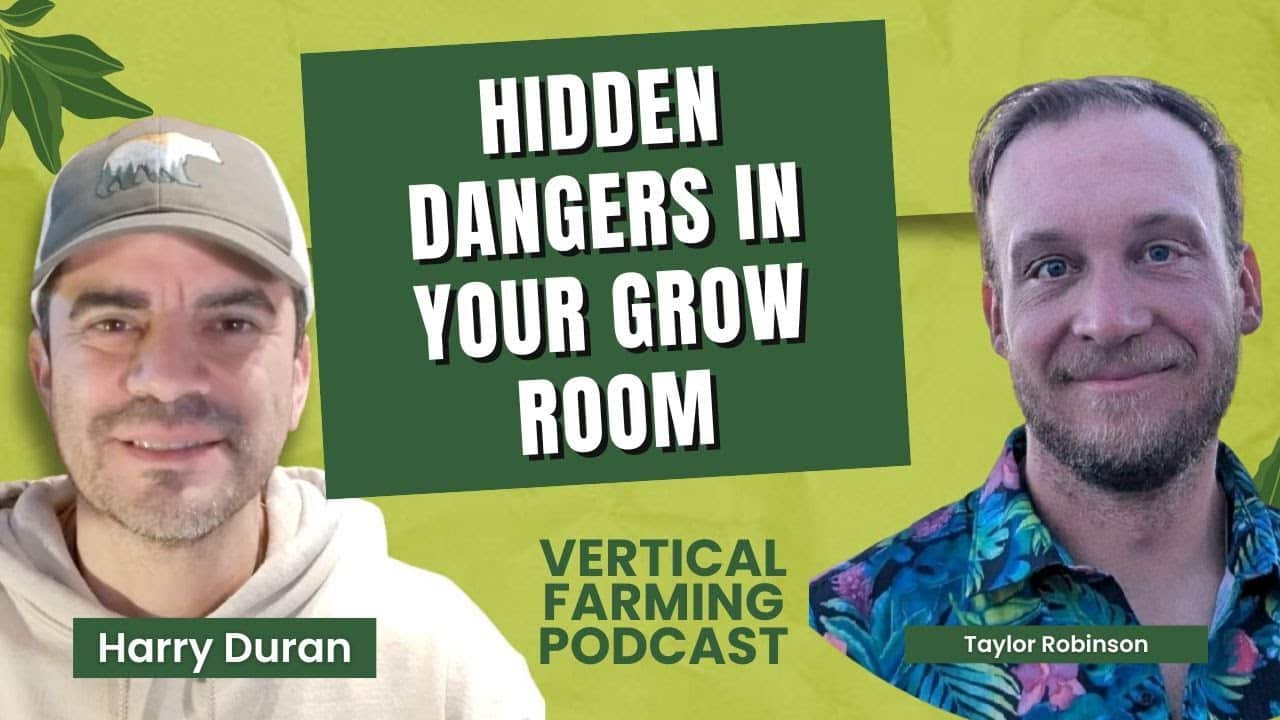AeroFarms Confirms Continuation of Operations Following Emergency Funding Support
AeroFarms, a U.S.-based indoor vertical farming company and supplier of microgreens to the retail market, has announced that it is continuing operations and maintaining supply to customers following a rapid.

